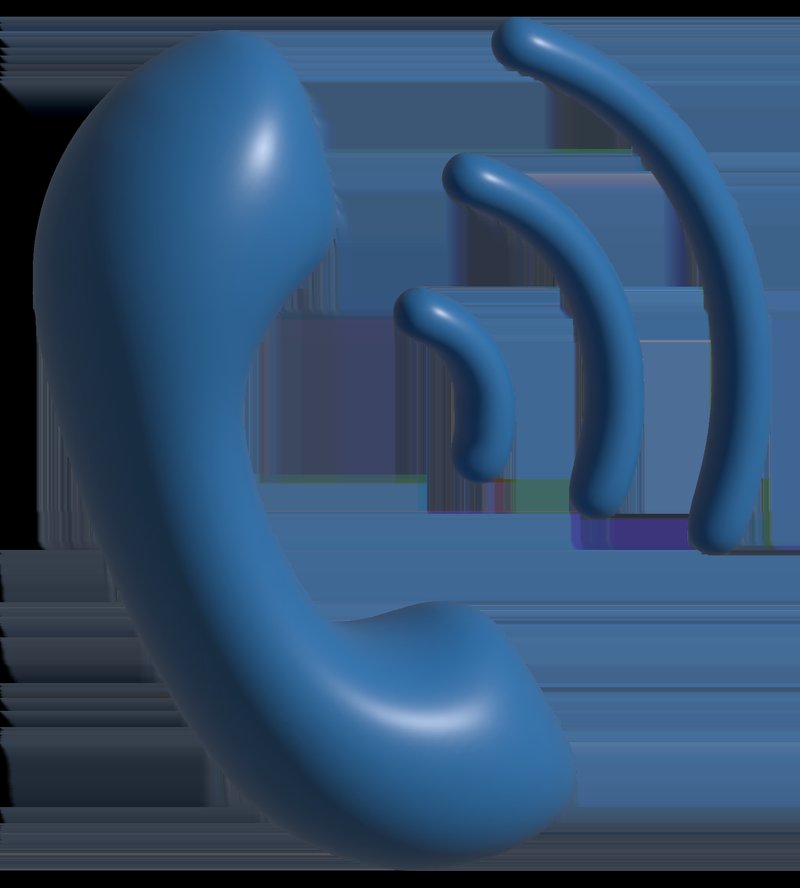
Rheem water heaters are known for their reliability and efficiency, but like any appliance, they can occasionally hiccup. Error Code E2 is one such hiccup. It’s the water heater’s way of waving a little red flag to let you know something’s amiss with the exhaust. Think of it like your car’s check engine light—it’s a warning that you shouldn’t ignore. Ignoring this could lead to inefficient heating or, worse, no hot water at all. Let’s dive deeper into what this error really means and when you’d need to call in the pros.
Understanding Error Code E2
Error Code E2 is specifically related to the exhaust system of your Rheem water heater. You might be wondering, “What’s the big deal with the exhaust?” Well, just like how a chimney lets smoke out of a fireplace, the exhaust system of a water heater releases gases and steam produced during the heating process. If there’s an issue pushing these out, the unit might shut down as a safety measure, hence the Error E2.
Why does this happen? There could be a blockage in the venting system, which is similar to a clogged drainpipe. This blockage could be caused by debris, ice, or even a bird’s nest if your venting is accessible from the outside. Imagine trying to breathe with a pillow over your face—that’s how your water heater feels when its exhaust is blocked. It’s not a happy situation!
Another cause could be a faulty blower motor. This motor is the little engine that could—it’s responsible for pushing those gases out. If it’s not working right, you’ve got a problem. And of course, wiring issues or faulty circuit boards could also be culprits, just like when your phone refuses to charge because of a dodgy cable.
When To Tackle It Yourself
So, you’re standing there, faced with an E2 error, and you’re ready to tackle it yourself. But where do you begin? Start by checking your vent for obvious blockages. If you can access the vent safely, look for leaves, nests, or snow. Clearing these might resolve the issue—like unclogging a straw that’s preventing you from sipping your favorite milkshake.
If the vent’s clear, you could also check the blower motor. Ensure it’s running as it should. This can be as simple as listening for any unusual sounds or feeling if air is being expelled properly. Sometimes the simplest things, like turning the power off and then back on, can reset minor issues—just like rebooting a slow computer.
However, it’s important to know your limits. If fiddling with the water heater begins to feel like solving a Rubik’s Cube blindfolded, it might be time to call in a professional. After all, safety first, right?
When To Call A Technician
Here’s the deal, while there are simple fixes you might attempt, there are times when calling a technician isn’t just wise—it’s necessary. If after your preliminary checks, the error persists, it’s better to have a professional take a look. Technicians have a knack for diagnosing these problems quickly. Imagine trying to fix your own car engine without knowing how it works—you’d likely end up scratching your head or, worse, causing more damage.
A technician can also ensure all safety measures are in place. This is crucial because faulty exhaust systems can pose serious risks, like carbon monoxide leaks. You wouldn’t want to compromise your household’s safety on a DIY attempt gone awry. Plus, they have the tools and training to deal with complex issues, whether it’s a faulty circuit board or a more serious mechanical failure.
Calling a professional can save you time and the hassle of dealing with potential hazards. Remember, if in doubt, it’s always better to reach out for expert help. They’ll have your water running hot again in no time, safely and efficiently.
Preventative Tips For Next Time
Nobody likes dealing with sudden breakdowns, especially when they could potentially be avoided. Fortunately, there are a few things you can do to minimize the risk of encountering an E2 error in the future. It’s like brushing your teeth to avoid cavities—simple preventative measures can go a long way.
Regular maintenance checks are your best bet. Scheduling annual inspections with a certified technician can help catch little issues before they balloon into major headaches. They can ensure your exhaust system is clear and the blower motor is in top shape. Additionally, keep an eye on the environment around your water heater. Make sure vents are free from debris throughout the year, especially in fall and winter when leaves and ice are more likely to cause blockages.
Lastly, consider investing in a carbon monoxide detector for an added layer of safety. It can alert you to harmful gases that could escape due to exhaust issues even before they trigger an error code. A little vigilance today can prevent a cold shower tomorrow!
In summary, while an Error Code E2 can be a pesky issue, understanding its implications and knowing when to call in professional help can turn a potentially cold day into a warm and cozy one. Stay proactive, and you’ll keep your Rheem water heater—and your showers—running smoothly.
